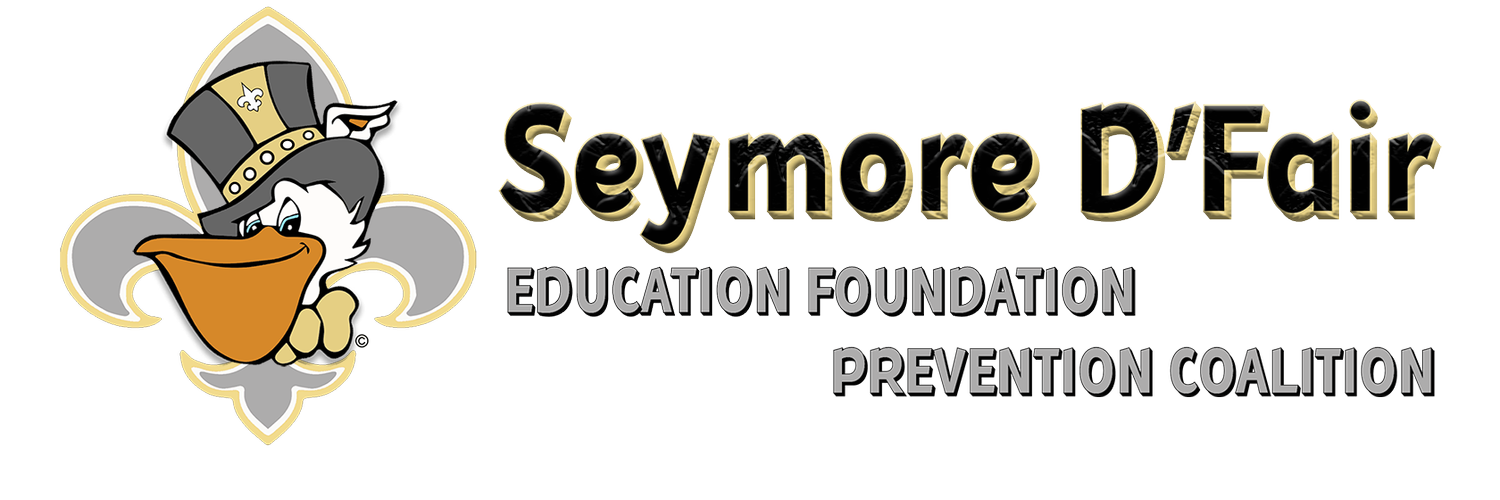THE ROLE OF DRUG AWARENESS AND PREVENTION IN THE SCHOOL SETTING
Educating children and youth about the dangers of alcohol, tobacco, and other drug use and arming them with skills that discourage drug use is essential to our communities.
The community must be engaged to prevent early childhood drug use effectively. This includes parents, schools, students, law enforcement, and religious and community organizations. Each group must unite behind a clear message that legal medicine abuse and illegal drug use are wrong and harmful.
Schools are uniquely situated to play a significant role in drug awareness and prevention because:
Children and youth spend much of their time in school;
Schools are a powerful influence in communicating appropriate standards of behavior;
Schools can contribute to prevention by presenting accurate information about drugs; and
Schools can develop and enforce a clear position on drug usage;
When communities and schools are unified, they can teach the preadolescent student population that:
Drug, alcohol, and tobacco use is dangerous;
Drug, alcohol, and tobacco use is neither average nor typical for young children; and
Drugs, alcohol, and tobacco use can destroy the fabric of our family and society.
The Vision for School-Based Prevention Education
Create drug awareness, education curriculum, and prevention programs that educate and inform families, schools, and communities that drugs are inappropriate and unacceptable for quality living;
Foster and support parents and school engagement, thereby improving the learning, development, and health of children in all communities; and
Assist individual educators and school districts in providing comprehensive and evolving substance awareness and drug prevention programs.
Social Emotional Learning Approach
Our curriculum incorporates social-emotional learning, which is the process through which children and youth acquire and apply the knowledge, skills, and attitudes to develop healthy identities, manage emotions and achieve personal and collective goals, feel and show empathy for others, establish and maintain supportive relationships, and make responsible and caring decisions.
What Does the Research Say?
SEL makes a difference. We know this from the research demonstrating that an education promoting SEL positively impacts many outcomes, including academic performance, healthy relationships, mental wellness, and more.
Integrated Curriculum Strategy
The curriculum created by Seymore's Foundation introduces drug awareness and prevention messages into the everyday school curriculum through a process by which teachers in various subject areas present drug prevention lessons using skills and information appropriate to their specific subjects. Integrating the drug prevention message into different subject areas has several purposes:
Information is more likely to have an effect if presented differently within various subjects than in only one class, i.e., health & P.E. class; and
Integration across the curriculum reinforces the acquisition of specific academic skills
Curriculum Areas
The curriculum model integrates drug awareness and prevention lessons into six subject areas:
Art & Music
Science
Health & Physical Education
Social Studies
Language Arts
Curriculum Objectives
The curriculum provided is a starting point. It has been designed by certified educators and provides schools with the structure for ongoing drug awareness and prevention efforts in the classroom. This curriculum intends to offer an adaptable framework that can accommodate a variety of awareness and prevention approaches and techniques. It provides a powerful continuing reinforcement needed in the drug, alcohol, and tobacco awareness and prevention message. Integrating the information throughout the curriculum enables the program to be implemented seamlessly without disrupting the existing curriculum.

